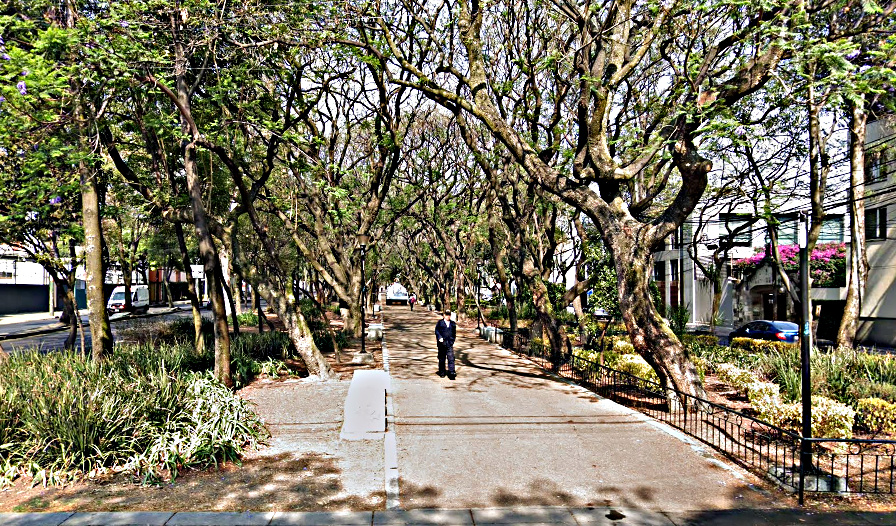
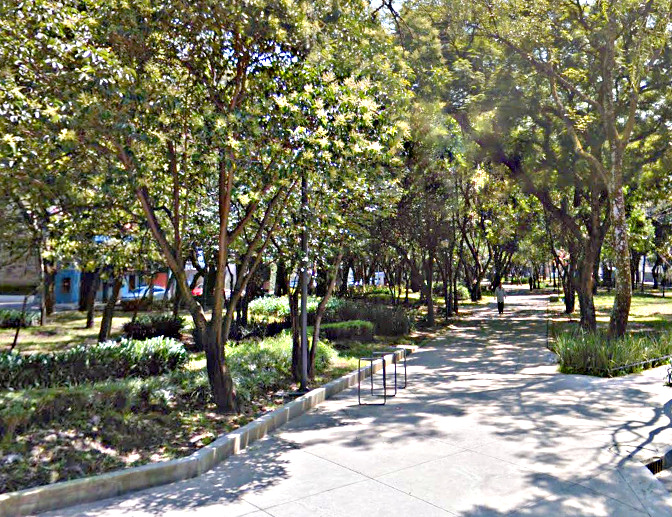
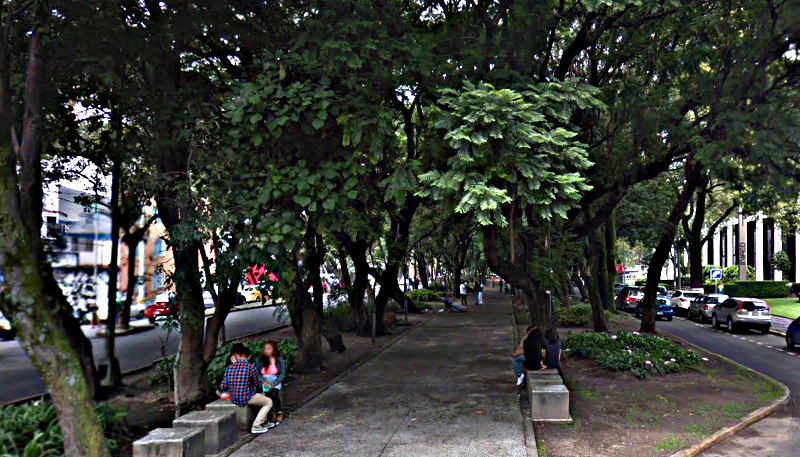
The Avenida Vito Alessio Robles should rightly today be called a “Lineal Park.” But dating from many decades ago, it’s long been thought of as a median – a mere pleasant avenue of trees and walkways rather than a place of recreation and nature. The avenue stretches from Insurgentes in the west to the Avenida Universidad in the east. It’s often mistaken for a part of Coyoacán as the entire street is lined with shade trees. Coyoacán is just to the east, across Universidad. Here, we’re in the furthest eastward extension of Álvaro Obregón, with one of the original settlements, Axotla, just to the north on the Avenida Universidad .
The avenue was still host to charro horses and horseman, even through the 1970s, and today it’s still painted from March through May by the many jacarandas among its permanent residents. The avenue is named for a hero of the Mexican Revolution.
The avenue’s westernmost point is at the Manuel J. Clouthier monument. In the east, it faces the Viveros de Coyoacán. But at his intersection the avenue meets the beautiful Calle Minerva which crosses the Colonia Florida diagonally. It’s a narrower street, but an even more relaxing way to reach the busy southern stretches of Insurgentes Sur, at the Manacar traffic circle. Minerva is lined with two more small parks, equally lush and verdant. It’s called Colonia Florida for good reason.
Crossing Insurgentes in the west, you’ll arrive at the Calle Altavista, another of of Mexico City’s most iconic streets.
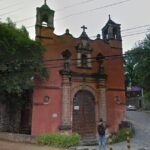
Nearest at 0.29 kms.
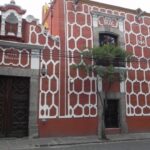
Nearest at 0.30 kms.
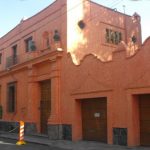
Nearest at 0.42 kms.
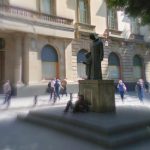
One of the unusually placid streets in the Historic Center . . .
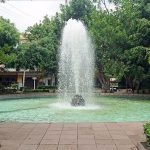
A guide to one of Mexico City's most iconic streets for sightseeing walks and tours . . .
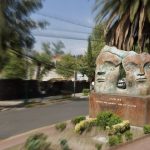
A slowly climbing street makes a dynamic center for design and decor . . .
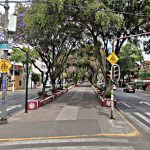
A fine pilgrimage route makes the perfect promenade for strolling, too . . .
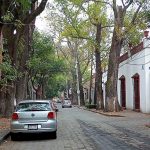
Perhaps the most famous walking street in Coyoacán.